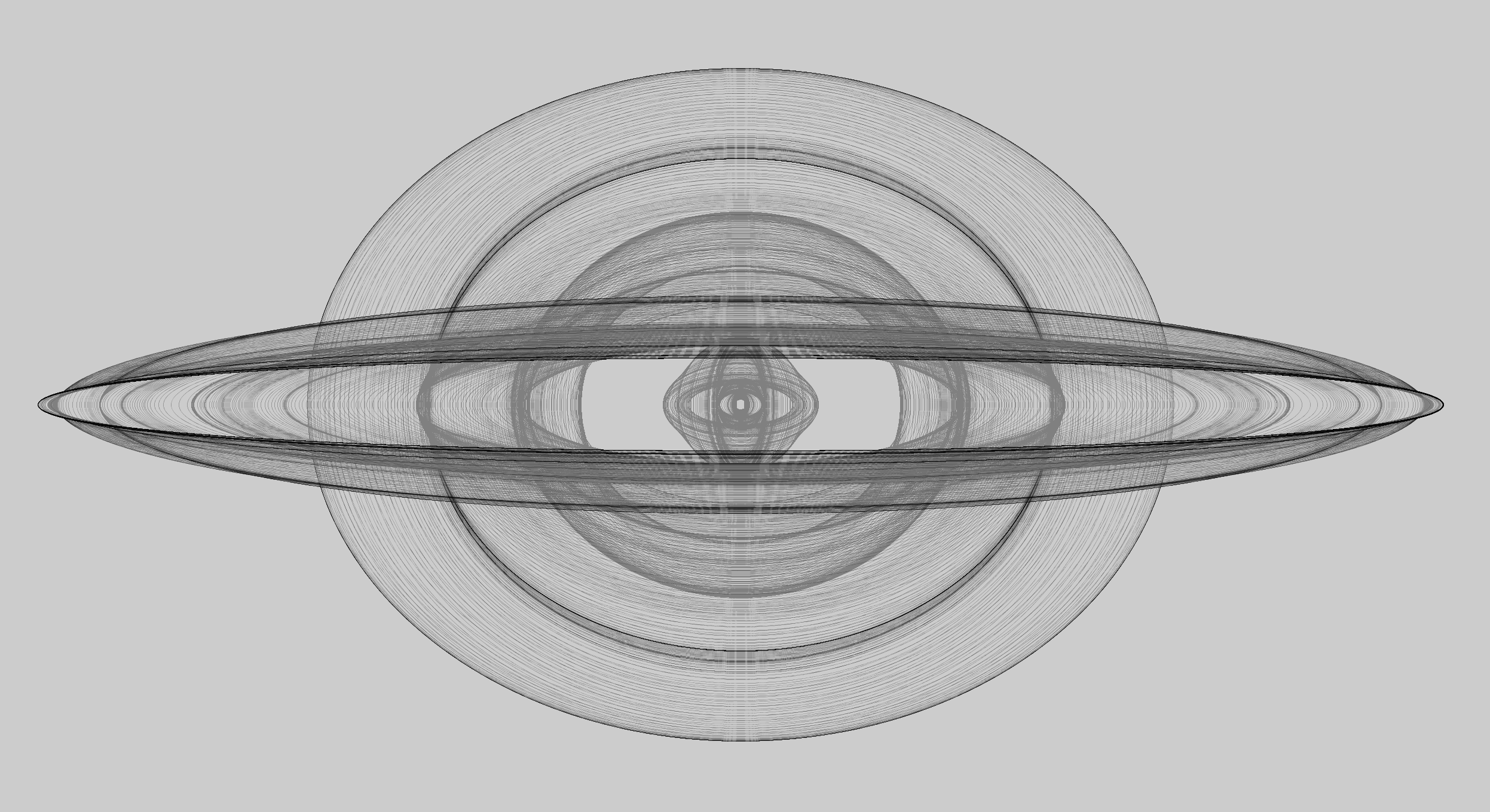The term for ‘clarity’, claritas, is probably an equivalent for the Greek term lamprotēs, defined by Aristotle in De audibilibus, implying, besides distinctness, loudness and purity; and the context almost certainly implies a singing rather than a speaking voice. The function of the vases would have been to make some sounds louder than others, and to make them purer by stressing their fundamentals and suppressing their harmonics or overtones. The ‘series of notes which harmonize’ with the voice seems to refer to the fact that each vase would resonate and then re-radiate sound after the voice had ceased singing its fundamental note, so that if the concordant scale were sung, a number of the vases might be heard sounding together. In this way a kind of artificial reverberation time (estimated as 0·2–0·5 seconds) of particular quality would be produced in an open-air theatre that otherwise had none.
Besides bringing a reverberant response into the Greek theatre, it is possible that the acoustic jars helped an unaccompanied singer to keep to proper pitch for long periods. The vases resonating in various parts of the auditorium may also have served to disguise inferior musicianship by giving emphasis to musically important pitches. At the beginning of some early editions of Terence there is a short treatise in which the commentator, whose name is unknown, spoke of brass vases. He assigned to them the same use as Vitruvius […]
Bibliography
K. Harrison: ‘Vitruvius and Acoustic Jars in England during the Middle Ages’, Transactions of the Ancient Monuments Society, new ser., xv (1967–8), 49–58
C. Gilford: Acoustics for Radio and Television Studios (London, 1972)

